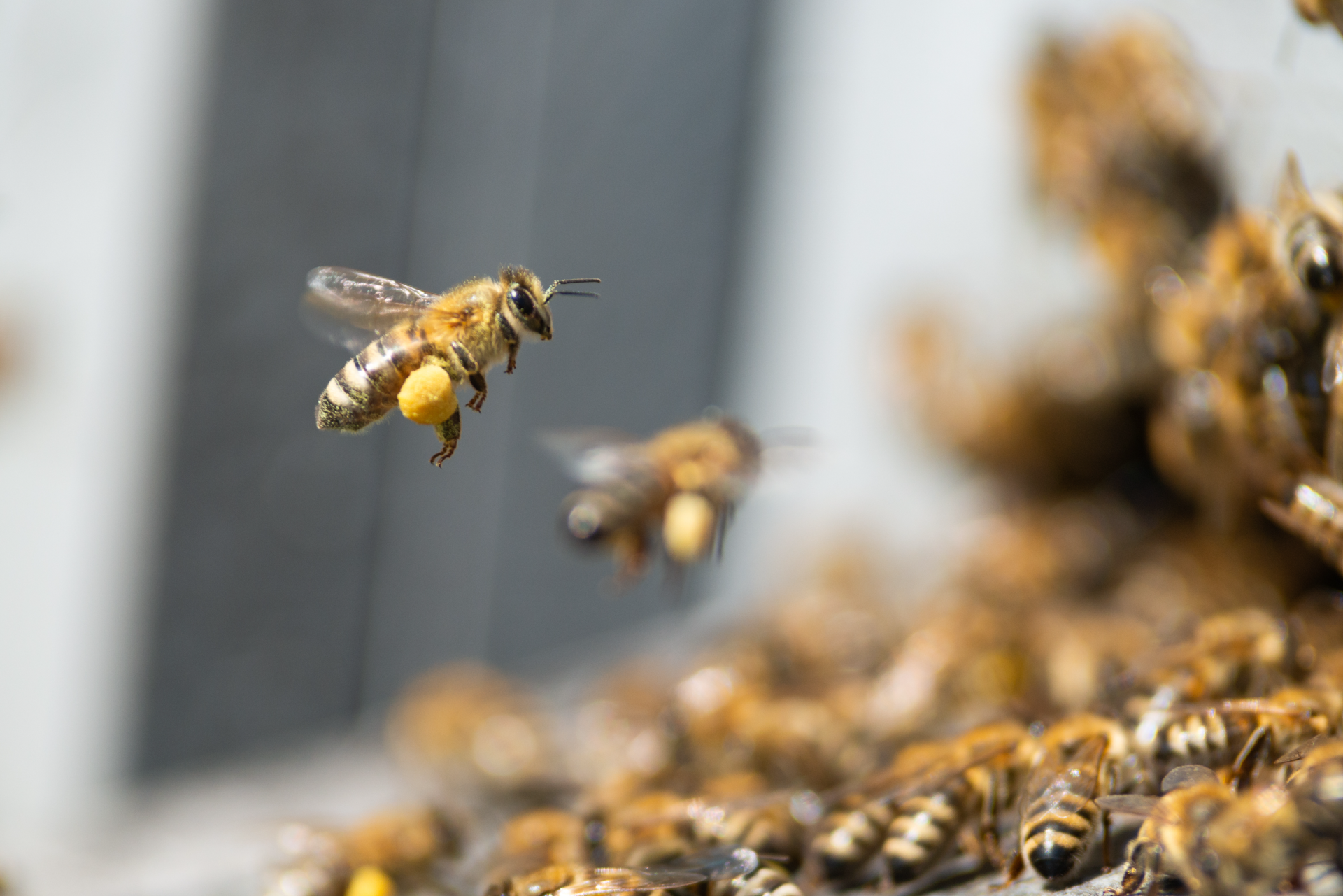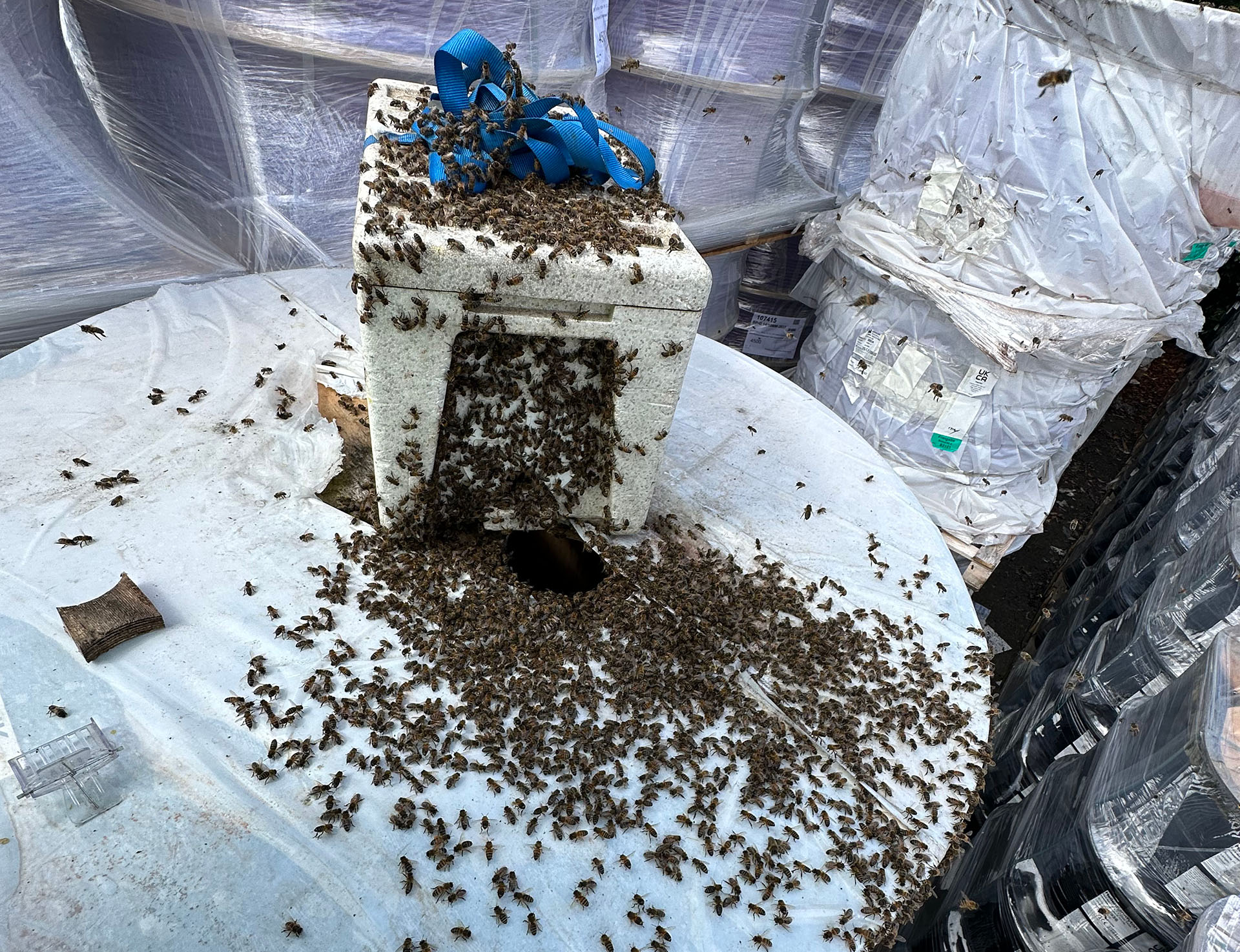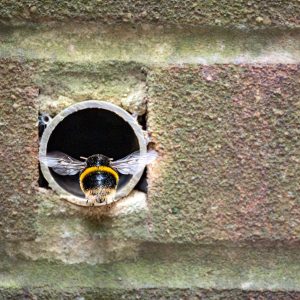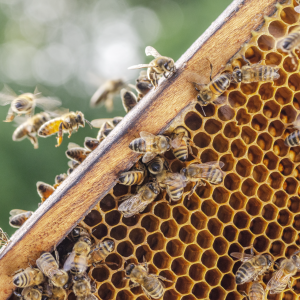Guidance on bumble bee behaviour, potential risks, and safe, non-destructive removal methods.
Best for: when you’ve spotted round, furry bees nesting in gardens, compost bins, bird boxes or roof spaces.
Information on honeybees in buildings and their removal; bee management and apiary services.
Best for: if you’ve noticed honeycomb, large swarms, or bees entering chimneys and cavities.
Quotes for live honeybee removals, helping homeowners and businesses plan with confidence.
Best for: those wanting transparent pricing and to plan ahead.















